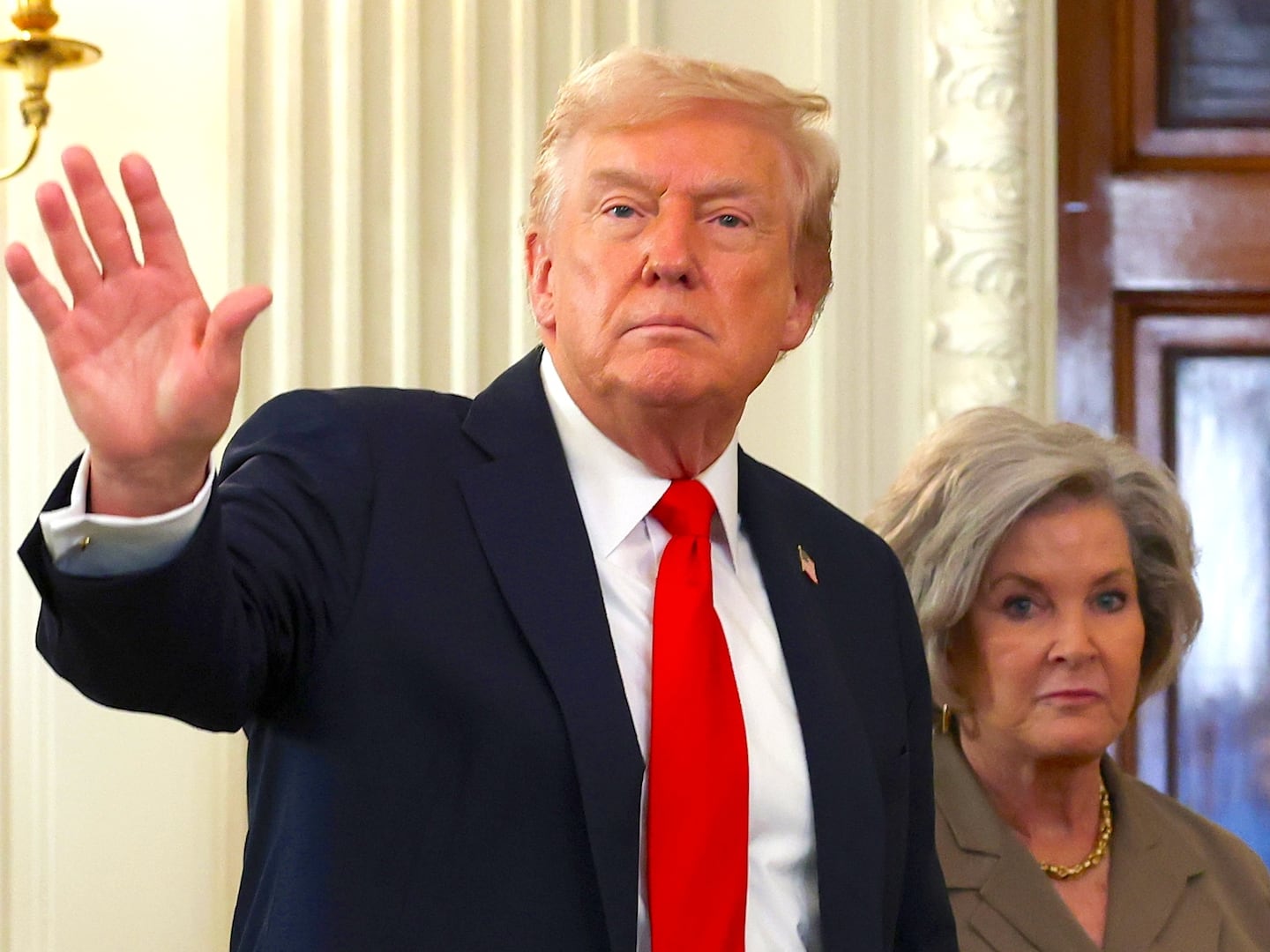In a clear sign that the Islamic regime in Iran is worried about its survival, it has increased its attacks on American interests in the region, including the launch of missiles by its proxy Kataib Hizbollah on Friday that killed one American civilian contractor and injured several U.S. and Iraqi military officers.
In response, the Trump administration engaged in some signaling of its own, hitting five targets in Iraq and Syria on Sunday, reportedly destroying the group’s munitions depot and control center and killing one commander. Jonathan Hoffman, the chief Pentagon spokesman, warned Iran that unless it stops its malign behavior the United States will continue to defend itself.
So while the Iranian regime may have gambled on a show of force to rally its base, the response from Washington was likely more than the clerics bargained for.
Washington is calling the regime’s bluff, in fact. Tehran may have believed that America would not retaliate. In the past, Donald Trump showed restraint when a U.S. drone was shot out of the sky and Saudi oil facilities were hit by missiles reportedly coming out of Iran. But the attacks on Friday demanded a military response, and they got one.
Good. Exposing the regime’s weaknesses, economically and now militarily, may be the best strategy yet of putting the squeeze on Tehran.
The 13th century Iranian poet Saadi Shirazi had a saying that perfectly captures Donald Trump’s understanding of the regime in Iran: "If you want to bring a mullah down from his high horses, make sure both he and the four-legged animal are hungry."
By all accounts the campaign of ‘maximum pressure’ is wreaking economic and psychological havoc on the regime and the mullahs are scared. During the recent uprisings the Islamic Revolutionary Guard Corps (IRGC ) cracked down brutally on the protestors and killed more than 1,500 in the deadliest uprising since the Iranian Revolution.
The Islamic leadership continues to blame America, Israel, dissidents like Reza Pahlavi, the son of Iran’s late Shah, and Masih Alinejad, Iranian activist and the founder of the grassroots campaign of civil-disobedience My Stealthy Freedom, for the country’s troubles. But the reality is starkly different. Decades of economic mismanagement and political isolation have ruined the lives of Iranians and dashed the hopes of young people. To make matters worse, recent droughts and destructive floods have hurt the farmers and low-income households who traditionally form the base of the regime’s support.
So while the sanctions are in fact hurting the Iranian people, in a rebuttal to the regime the Iranians refuse to blame America for their misery. Instead, their chants are "Death to the Dictator" and if they feel especially brave "Death to Khamenei," referring to the country's Supreme Leader, who they see as having sold Iran to an outdated revolutionary ideology. Multiple accounts have emerged of Iranian officials demanding grieving parents reimburse the cost of ammunition used to slaughter their children and keep silent if they want to retrieve their bodies. The mullahs are still riding the horse, but the horse, bone-tired and hungry, is refusing to go along.
How did we get here?
The Iranian Regime has long been running on ideological fumes, imposing strict Islamic law on one of the Middle East’s most moderate, well-educated populations. While wide-ranging social freedoms were curtailed, the oil-rich regime stayed in power through a rentier system, providing heavily subsidized goods and a wide social safety net, all funded through oil sales.
The U.S. maximum pressure campaign has brought Iranian oil sales crashing down, from 2.1 million barrels in 2017 to as low as 160,000 barrels in August 2019. With the oil valves almost shut, the mullahs have realized that their tired ideology cannot feed the people or grease the machinations of their regional meddling.
In response to the wide-ranging protests which spread to 29 of Iran’s 31 provinces, Iran authorized a brutal crackdown and shut off Iran’s internet to keep the world from bearing witness. Many hundreds of deaths and thousands of arrests seemed cow the population into relative submission and the latest protests have for the most part fizzled out. But the “moderate” Rouhani regime which seeks engagement with Europe eventually got the internet restored—and then what began as a trickle of videos in response to Secretary of State Mike Pompeo’s request for footage of the crackdown has, at last count, cascaded into over 20,000 videos showing countless horrors.
Where do we go from here?
Successive American administrations have sought accommodation with Tehran to no avail. From secret negotiations to multilateral treaties like the landmark nuclear deal, America has failed to curb Iran’s malfeasance. The U.S. also has tried and failed to empower reformists and moderates on the streets and in Iranian political circles by funding television broadcasts such as the Voice of America.
But Iranian civil rights activist Masih Alinejad believes that “reformers” and “moderates” are a western miscategorization when applied to the Iranian context where the reformists and the conservative are all the same. One need only look at the statements, or silence, of Iran’s most prominent reformist and moderate politicians to see that she is correct.
True reformers would vigorously defend Iranian protesters—who, under Article 24 of the Islamic Revolution’s own constitution, have the right to freedom of expression. True moderates would condemn the killing of unarmed children by the country’s security services. But instead, Iranian leaders argued that the protests were sponsored by foreigners or they have kept quiet altogether.
As such, we need to realize that the people who need empowering are not in the Iranian parliament or in the President’s Office. Rather, they are on the streets of Iran and right here in the U.S., and efforts should be made to widen their audience so their practical ideas about the future of Iran could be heard.
We also need to continue the maximum pressure campaign, provide Iranians with the right cyber technology that evades internet shutdowns, blacklist Iranian operatives involved in the slaughter, make public the secret bank accounts of the regime elite, shine light on the opulent lifestyle of their children in western countries, and name and shame the regime for its human rights abuses as ambassador Nikki Haley did when she was at the United Nations.
Since the 1979 Revolution, the Islamic regime has repeated the narrative that America is the bane of its existence regardless of what America does. The Obama administration stood by during Iran's violent 2009 uprisings, calculating that any word of support would be used by the regime to blame “the Great Satan.” The result? America was blamed anyway, even in the face of a measured, and some say, half-hearted response. The question is, if Washington will be seen as a culprit, why not do something helpful?
There is no shame in opposing a heinous regime that kills its own people and President Trump was right to call out the mullahs for their duplicitous ways and dangerous and destabilizing meddling in the region. Judging from the reaction of the Islamic regime to the latest round of protests, this regime’s demise may already have begun. The challenge for this administration and the next is making sure to stay the course.








